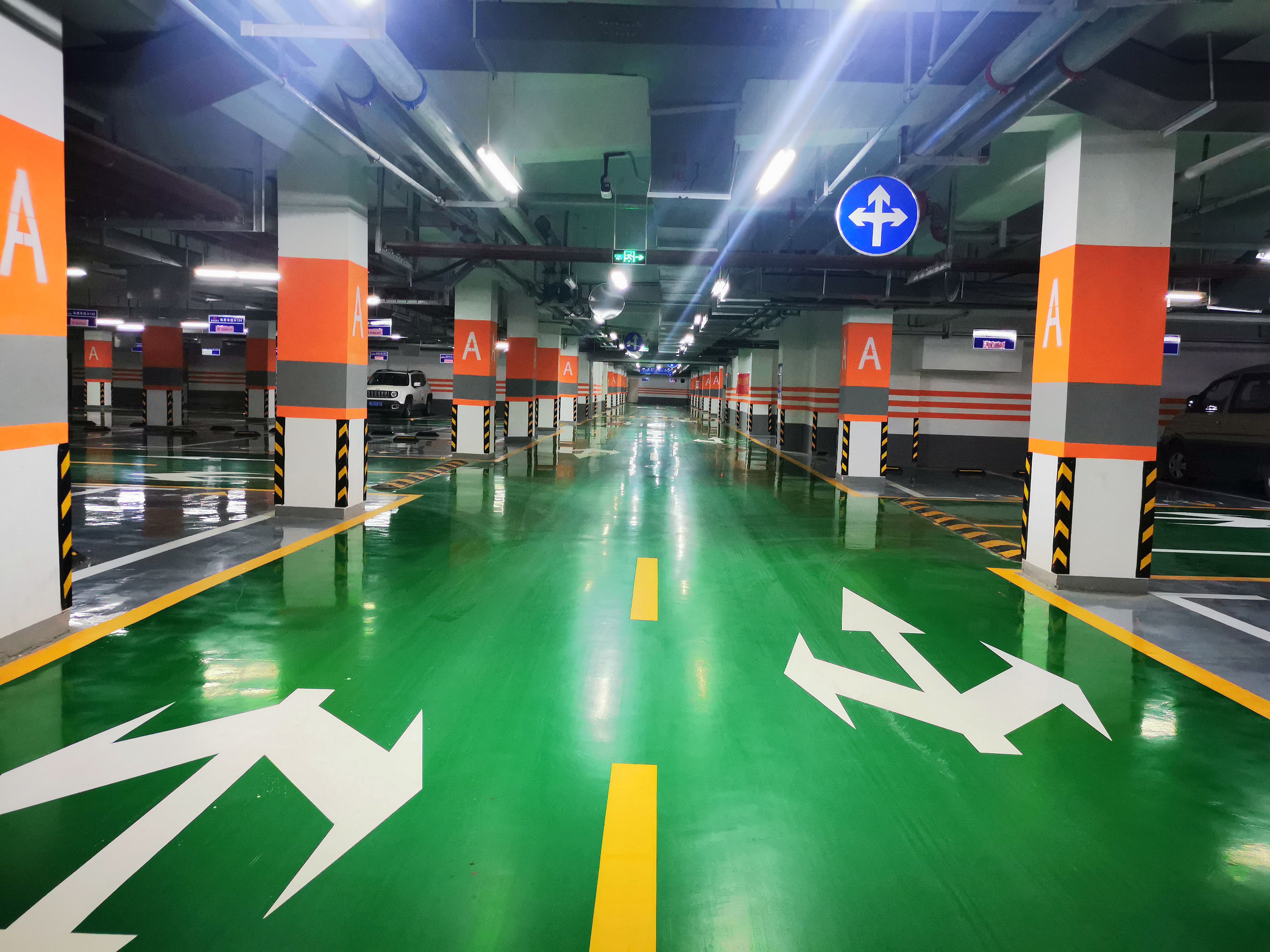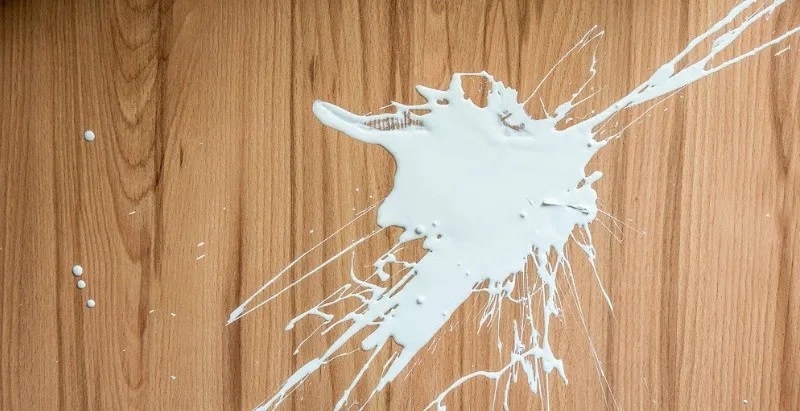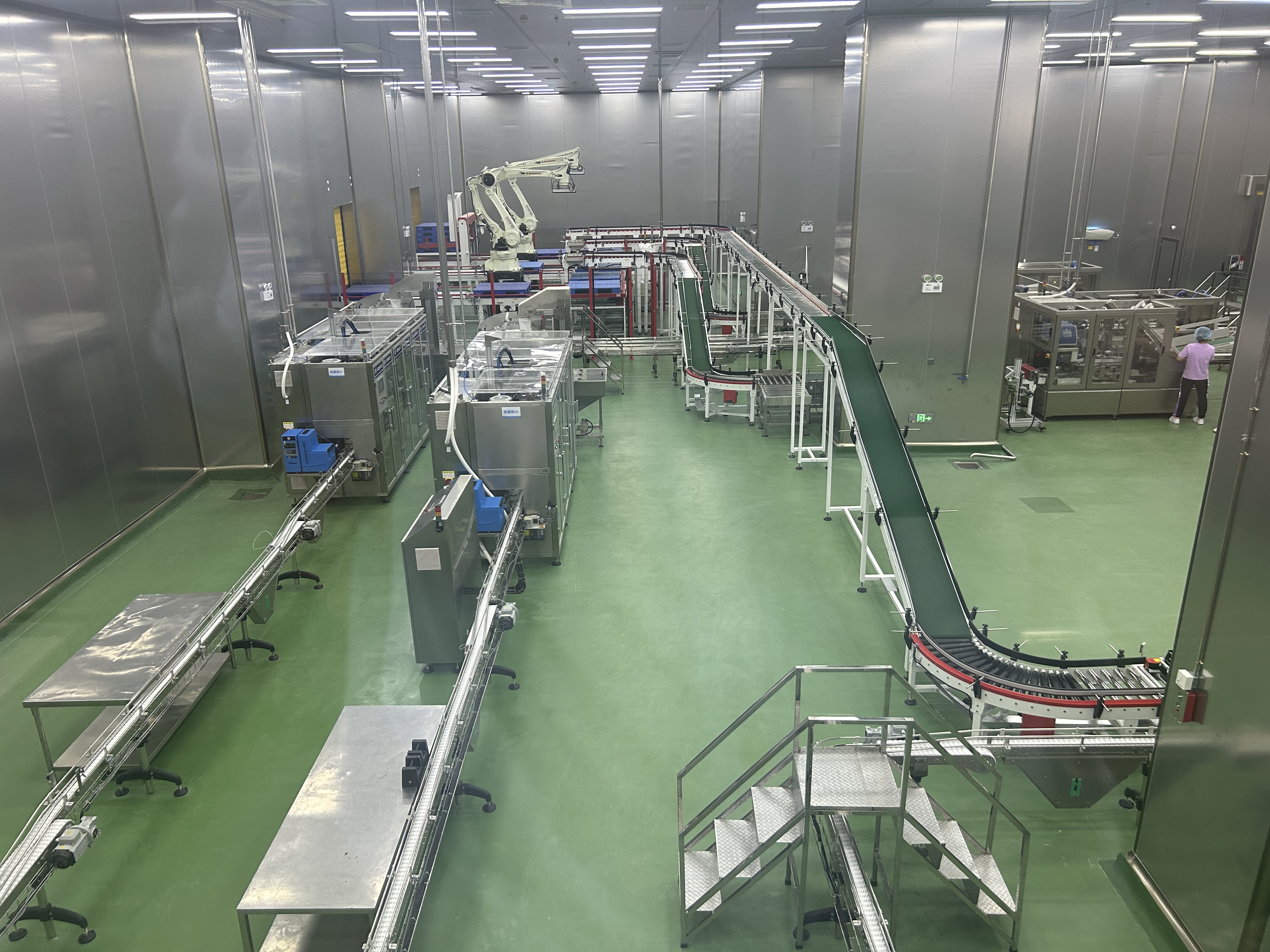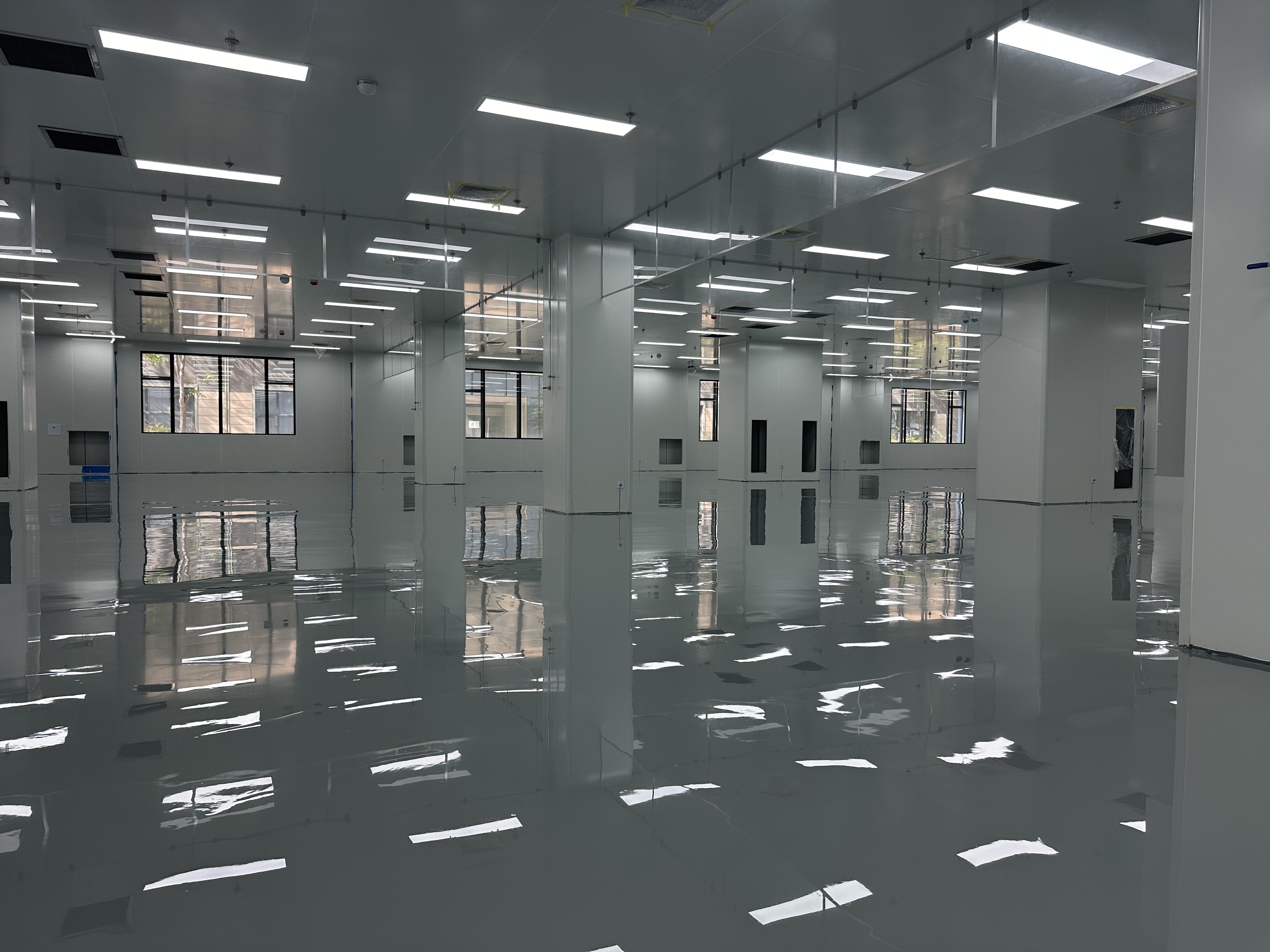What causes floor paint to bubble?
Among various floor paint materials, epoxy floor paint has become the first choice for many scenarios due to its strong functionality and wide application. However, with the expansion of its application range, blistering has gradually become a common hidden problem affecting its performance. Blistering of epoxy floor paint mostly occurs in the primer and topcoat stages. Different construction phases and material properties may cause the problem. Only by accurately identifying the causes and taking targeted measures can blistering be fundamentally avoided, ensuring the service life and aesthetics of the floor paint.

1. Core Causes of Epoxy Floor Paint Blistering: A Comprehensive Analysis from Primer to Topcoat 1.1 Primer Blistering: Moisture and Sealing Are the Keys As the "connecting layer" between epoxy floor paint and the base, primer blistering is mostly related to base moisture and sealing effect. If the construction site is the underground layer of a structure, near a water tank, or on the ground floor, the ground moisture in these areas is usually relatively high. The moisture hidden in the concrete will gradually evaporate during subsequent construction or use. If the epoxy primer fails to effectively block the moisture, the evaporated moisture will form pressure between the primer layer and the base, eventually causing the primer to bulge in blisters. In addition, if no water cutoff treatment is performed on the base before construction, or if there are problems such as missing coating or uneven thickness during primer application, resulting in poor sealing, external water or base moisture will also seep in, laying hidden dangers for primer blistering. 1.2 Topcoat Blistering: Result of Multiple Superimposed Factors As the "appearance layer" of epoxy floor paint, the causes of topcoat blistering are more complex, which can be mainly summarized into three categories: - First, the impact of moisture and water. If the base or intermediate coating still retains moisture, or the construction environment is in a high-temperature and high-humidity state, the reaction speed of the mixed coating will accelerate during the drying and curing process of the epoxy floor paint topcoat. The moisture will expand when heated and cannot be discharged in time, forming bubbles of varying sizes on the surface. - Second, problems with the coating itself and mixing. If the viscosity of the epoxy floor paint topcoat mixture is too high, the fine pipelines of air holes generated during the curing reaction cannot be closed quickly, and the defoaming speed cannot keep up with the bubble generation speed. Eventually, the gas will be trapped in the dried paint film, forming bubbles. - Third, missed treatment of the intermediate coating. Before applying the topcoat, if the intermediate coating itself has uneliminated bubbles, or if the surface of the intermediate coating is not fully inspected and repaired during construction, the missed bubbles will continue to exist after the topcoat construction, and may even expand due to the topcoat coverage, affecting the overall effect. In addition, if there is residual moisture, epoxy residues, or gas on the bottom layer, these substances will be trapped between the epoxy floor paint and the bottom layer, forming potential bubbles of different sizes. Due to the moisture-impermeable property of epoxy floor paint itself, the trapped gas and moisture cannot be discharged. After long-term accumulation, they will break through the coating to form visible bubbles. To sum up, to avoid blistering of epoxy floor paint, it is necessary to focus on eliminating three major incentives: "water, exposure to sunlight, and dust". Water is the core source of bubbles; exposure to sunlight accelerates moisture evaporation and coating reaction; dust may affect coating adhesion, indirectly increasing the risk of blistering. 2. Practical Countermeasures to Prevent Blistering of Epoxy Floor Paint Topcoat In response to the above causes, to ensure that the epoxy floor paint topcoat does not blister, it is necessary to start from three key links: mixing, formula, and construction inspection. - First, optimize the mixing and standing process. Select mixing equipment that generates fewer mechanical bubbles to avoid introducing excessive air due to too violent or fast mixing. After the coating is mixed evenly, do not construct immediately; instead, let it stand for 3-5 minutes for defoaming, allowing the air mixed in during the mixing process to be fully discharged. This reduces the possibility of air entering the coating and lowers the probability of blistering from the source. - Second, adjust the adaptability of the coating formula. The problem of micro-bubbles can be reduced or eliminated by professionally adjusting the formula of the epoxy floor paint topcoat. Specifically, optimization can be carried out in two directions: one is to select low-foaming raw materials to reduce the possibility of bubble formation from the coating composition; the other is to adjust the optimal viscosity of the coating according to the temperature and humidity of the construction environment, ensuring that the coating not only maintains good fluidity during construction but also allows bubbles to be discharged in time, significantly reducing the incidence of foam problems. - Third, strengthen the inspection and defoaming of each coating layer. Before applying the topcoat, conduct a comprehensive inspection of the intermediate coating and all previous coating layers. When troweling the coating, observe whether there are bubbles on the surface at the same time; after the coating construction, check each part again. If bubbles are found, immediately use a defoaming roller to roll back and forth on the floor to release air from the bubbles, ensuring no omissions. Only when the coating film of this layer is completely cured and confirmed to be bubble-free can the next process be carried out, preventing bubbles in the previous coating layers from affecting the topcoat. In addition to the above three points, the operational details of construction personnel are also crucial: when entering the site to batch-apply epoxy floor paint, construction personnel must wear spiked shoes to enter the construction area. If small bubbles generated immediately are found, they can be directly pricked with nails to release air. If there are many sand holes on the base surface, before applying the topcoat, the sand holes must be sealed with patching materials first, to prevent the air in the sand holes from expanding when heated during the curing of the topcoat, forming new bubbles.
Link to this article:https://sprcoating.com/news/What-causes-floor-paint-to-bubble_122.html





